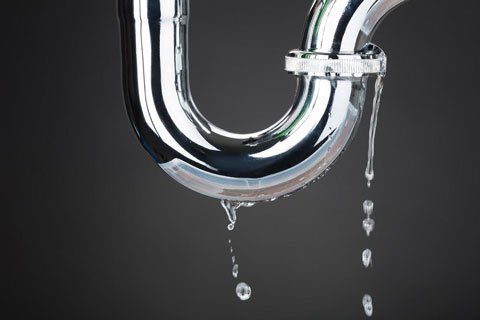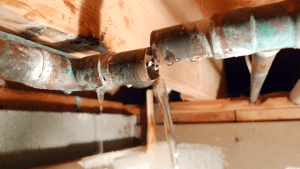Guide To Water Leak Detection In Your Home
Guide To Water Leak Detection In Your Home
Blog Article
What are your ideas on Top leak detection hacks?

Early detection of leaking water lines can alleviate a potential catastrophe. Some tiny water leakages may not be visible.
1. Analyze the Water Meter
Every residence has a water meter. Checking it is a guaranteed manner in which aids you uncover leaks. For beginners, switch off all the water resources. Ensure no one will certainly purge, use the faucet, shower, run the washing machine or dishwasher. From there, go to the meter as well as watch if it will certainly transform. Given that no one is utilizing it, there ought to be no movements. That shows a fast-moving leakage if it moves. If you spot no changes, wait a hr or 2 and also inspect back once again. This indicates you might have a slow-moving leakage that might even be underground.
2. Examine Water Intake
If you spot unexpected modifications, despite your consumption being the very same, it means that you have leakages in your plumbing system. An unexpected spike in your expense suggests a fast-moving leakage.
At the same time, a constant boost every month, despite having the same behaviors, shows you have a slow-moving leak that's also slowly escalating. Call a plumber to completely inspect your home, specifically if you really feel a cozy location on your flooring with piping below.
3. Do a Food Coloring Test
When it involves water intake, 30% originates from toilets. Examination to see if they are running properly. Decline flecks of food color in the tank and wait 10 minutes. If the color somehow infiltrates your dish during that time without flushing, there's a leakage between the container as well as bowl.
4. Asses Outside Lines
Do not fail to remember to check your outdoor water lines too. Needs to water seep out of the link, you have a loosened rubber gasket. One little leak can throw away heaps of water as well as surge your water bill.
5. Evaluate the scenario and inspect
Home owners ought to make it a practice to inspect under the sink counters and even inside cabinets for any type of bad odor or mold and mildew growth. These 2 warnings show a leakage so punctual focus is required. Doing routine assessments, even bi-annually, can save you from a significant trouble.
If you understand your house is currently old, maintain a watchful eye on your heating units, pipes, pipelines etc. Look for stainings as well as deteriorating as the majority of pipelines and also devices have a life expectancy. They will certainly additionally normally deteriorate because of damage. If you suspect leaking water lines in your plumbing system, do not wait for it to escalate. Call an expert plumber as soon as possible so you don't wind up with a dreadful mess in your home.
Early discovery of dripping water lines can alleviate a potential calamity. Some small water leaks might not be visible. Inspecting it is a surefire method that aids you find leaks. One small leak can waste bunches of water and increase your water costs.
If you believe leaking water lines in your plumbing system, don't wait for it to escalate.
WARNING SIGNS OF WATER LEAKAGE BEHIND THE WALL
PERSISTENT MUSTY ODORS
As water slowly drips from a leaky pipe inside the wall, flooring and sheetrock stay damp and develop an odor similar to wet cardboard. It generates a musty smell that can help you find hidden leaks.
MOLD IN UNUSUAL AREAS
Mold usually grows in wet areas like kitchens, baths and laundry rooms. If you spot the stuff on walls or baseboards in other rooms of the house, it’s a good indicator of undetected water leaks.
STAINS THAT GROW
When mold thrives around a leaky pipe, it sometimes takes hold on the inside surface of the affected wall. A growing stain on otherwise clean sheetrock is often your sign of a hidden plumbing problem.
PEELING OR BUBBLING WALLPAPER / PAINT
This clue is easy to miss in rooms that don’t get much use. When you see wallpaper separating along seams or paint bubbling or flaking off the wall, blame sheetrock that stays wet because of an undetected leak.
BUCKLED CEILINGS AND STAINED FLOORS
If ceilings or floors in bathrooms, kitchens or laundry areas develop structural problems, don’t rule out constant damp inside the walls. Wet sheetrock can affect adjacent framing, flooring and ceilings.
https://www.servicemasterbyzaba.com/blog/how-to-detect-water-leakage-in-walls/

I'm just very occupied with Top leak detection hacks and I am assuming you appreciated the entry. Are you aware of somebody else who is fascinated with Leaking water lines? Do not hesitate to promote it. Bless you for your time. Visit again soon.
Report this page